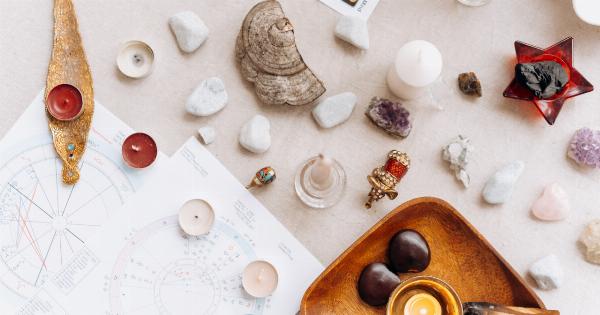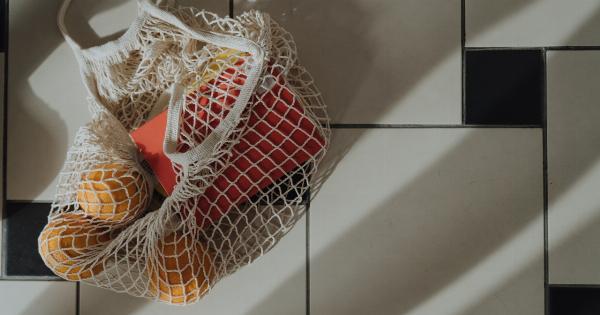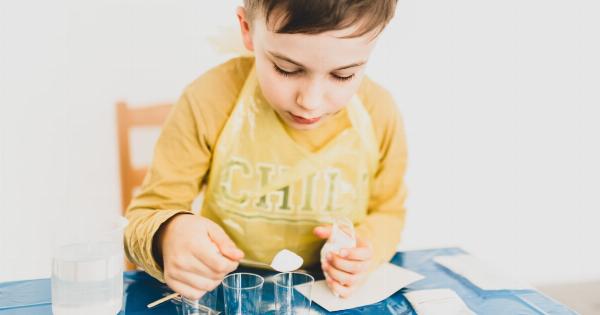Having healthy, lustrous hair is something most people desire. It not only boosts confidence but also indicates overall well-being. However, maintaining strong and vibrant hair requires effort and the right care routine.
In this ultimate guide, we will explore various tips, techniques, and practices that can help you achieve and maintain healthy hair.
1. Understand Your Hair Type
Before diving into any hair care routine, it’s important to understand your hair type. Each hair type has specific needs and requires tailored care. Determine whether you have straight, wavy, curly, or coily hair.
Additionally, identify if your hair is fine, medium, or thick in texture. This knowledge will guide you in selecting the right products and practices for your hair.
2. Cleanse Your Hair Regularly
A vital step in maintaining healthy hair is regular cleansing. However, excessive washing can strip your hair of its natural oils, leading to dryness and damage.
Find a balance by washing your hair every 2-3 days, or as needed based on your hair type and lifestyle. Use a gentle shampoo that suits your specific hair needs and follow up with a nourishing conditioner to keep your hair moisturized.
3. Properly Condition Your Hair
Conditioning your hair is essential to maintain its moisture balance and prevent dehydration. Apply a conditioner after shampooing and focus mainly on the ends of your hair, as they are more prone to damage.
Leave the conditioner on for a couple of minutes before rinsing it out with cool water. Regular deep conditioning treatments can also provide additional nourishment and keep your hair soft and manageable.
4. Protect Your Hair from Heat Damage
Excessive heat styling can cause considerable damage to your hair. Minimize the use of hot tools like straighteners, curling irons, and blow dryers.
When using these tools, always apply a heat protectant spray to create a barrier between the heat and your hair. Opt for lower heat settings and limit the frequency of styling to prevent heat-related hair problems, such as split ends and brittleness.
5. Trim Your Hair Regularly
Trimming your hair regularly is crucial for maintaining healthy hair. It helps in removing split ends and preventing further damage. Aim to get a trim every 8-12 weeks, or as needed based on the condition of your hair.
Trimming not only keeps your hair healthy but also promotes its growth and maintains its shape and texture.
6. Avoid Excessive Brushing
Brushing your hair is essential for removing tangles and distributing natural oils from the scalp. However, excessive brushing can lead to breakage, especially when your hair is wet.
Use a wide-toothed comb or a brush specifically designed for your hair type to prevent unnecessary damage. Start from the ends and gradually work your way up to detangle your hair gently.
7. Protect Your Hair from the Sun
Exposure to the sun’s harmful UV rays can cause hair damage, including dryness, color fading, and weakened strands. To protect your hair, wear a wide-brimmed hat or use a scarf as a barrier from direct sunlight.
Additionally, consider using hair products with SPF or UV filters to shield your hair from the sun’s harsh effects.
8. Adopt a Healthy Diet
Healthy hair starts from within, and adopting a nutritious diet is essential for maintaining its vitality. Include foods rich in vitamins, minerals, and proteins, such as lean meats, fish, nuts, fruits, and vegetables.
Stay hydrated by drinking an adequate amount of water daily, as dehydration can negatively impact your hair’s health.
9. Minimize Chemical Treatments
Chemical treatments like hair dyeing, perming, and relaxing can weaken your hair’s structure and cause damage. If possible, minimize the use of such treatments or consult a professional stylist to ensure they are carried out safely.
If you do opt for chemical treatments, make sure to follow the recommended aftercare routine to minimize potential damage.
10. Handle Your Hair with Care
Lastly, always handle your hair with care to prevent unnecessary breakage and damage. Avoid pulling or yanking your hair when styling or detangling it. Use hair accessories, such as scrunchies or clips, that are gentle on your hair.
Sleeping on a silk or satin pillowcase can also reduce friction and minimize hair breakage during the night.
By following these tips and incorporating them into your hair care routine, you can achieve and maintain healthy, beautiful hair. Remember, consistency and patience are key when it comes to hair maintenance.
Embrace and celebrate your unique hair type, and enjoy the journey of nurturing and caring for your locks!.





























